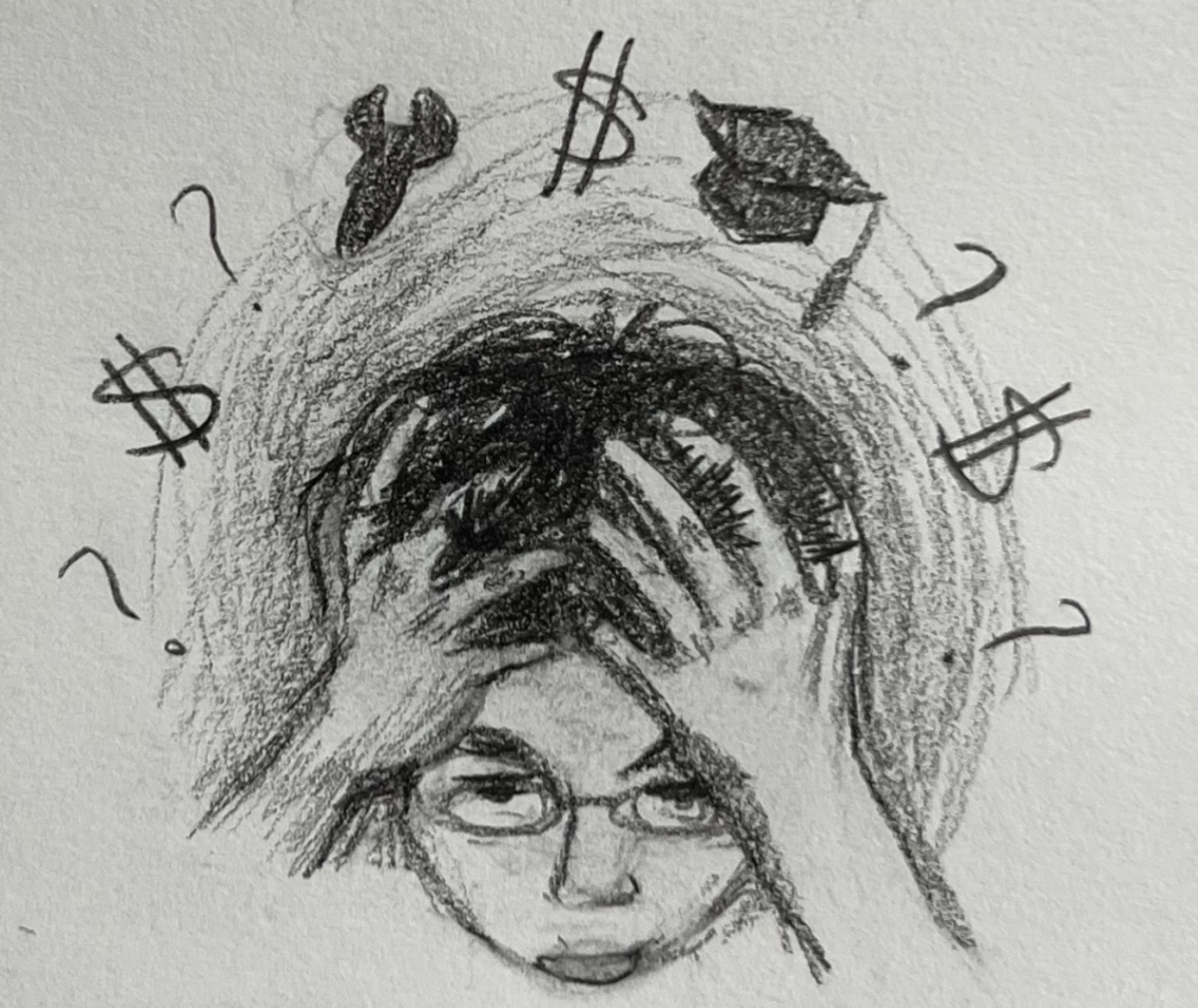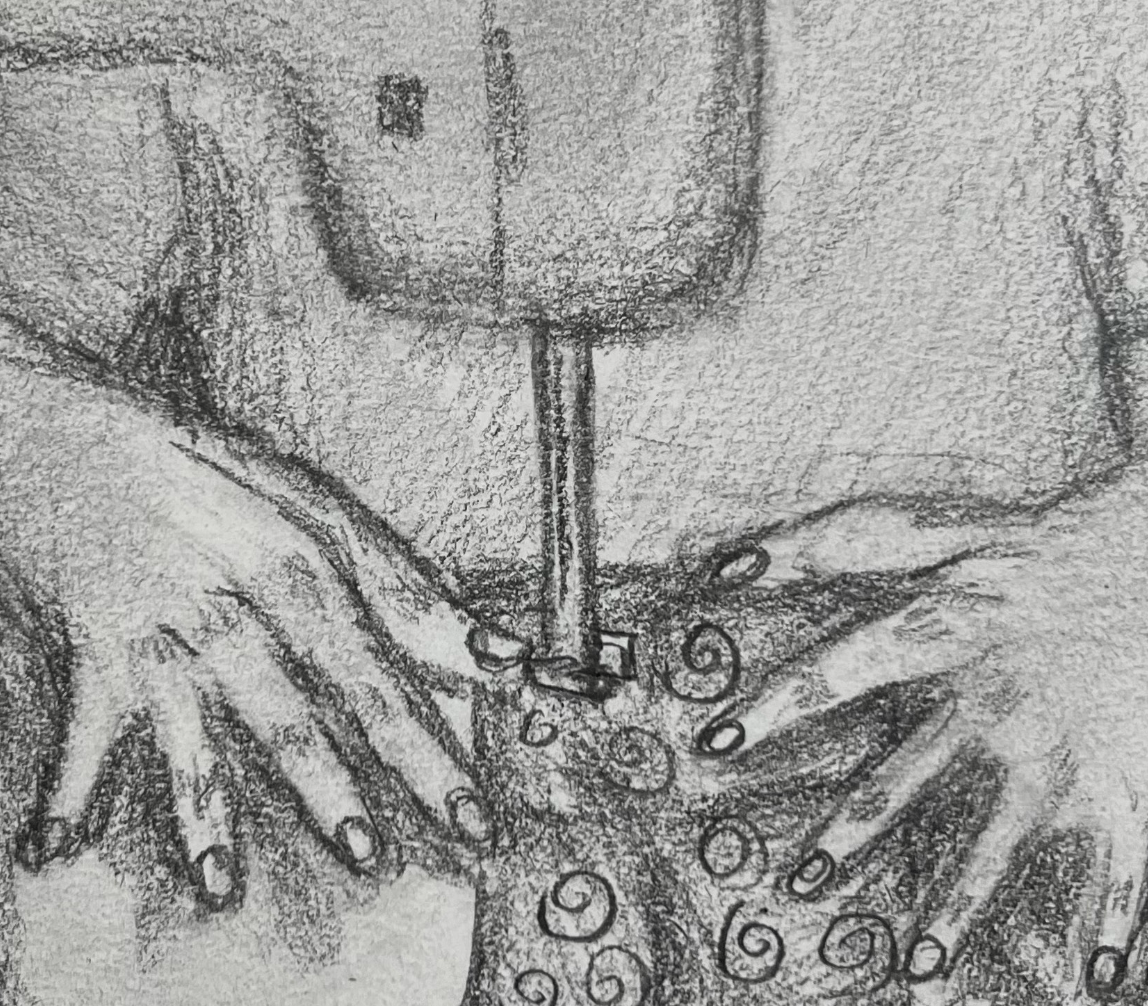Climbing a cobblestone street in the Cukurcuma neighborhood and seeking refuge from the crisp December air of Istanbul, I passed by the shabby shops selling secondhand books, worn Turkish rugs, and old metal trinkets. I turned a sharp corner, coming face to face with the quaint, maroon building of the Museum of Innocence, built by Turkish writer Orhan Pamuk himself and named after his novel. As I stepped inside, the first thing I saw were the cigarette butts: a fictional collection of the 4,213 cigarette butts characters Fusun and Kemal smoked throughout their years together in the novel.
In his novel, “The Museum of Innocence,” Orhan Pamuk tells the kaleidoscopic tale of Fusun and Kemal’s love story, painting a vivid portrait of Istanbul through the vicissitudes of their relationship. The novel explores Kemal’s own psychological battle and the hypocrisies of an emerging Turkish upper class. Throughout the story, Turkish society is poised uncomfortably between the ideologies of the East and West, as attempts to adopt European modernity clash with traditional views about marriage.
Set in 1970s Istanbul, Kemal lives among the social circles of the Istanbul bourgeoisie, leading a gilded lifestyle in restaurants and bars along the Bosphorus with his fiancée, Sibel. Kemal leaves behind his life of opulent parties and frivolous gossip after seeing his distant relative, Fusun, working at a local boutique. He is immediately charmed by her elegance. They meet daily in Kemal’s empty childhood apartment, and their relationship rapidly evolves into a passionate love affair.
After Fusun hurtfully departs from his engagement party with Sibel, Kemal suffers from an intense pain of his heartbreak. He searches Istanbul, seeing ghosts of her around the city. Eventually, he finds Fusun married to an aspiring filmmaker and pathetically devotes himself to her family. Every day, for eight years, Kemal returns to the impoverished streets of Cukurcuma and enters a demimonde of Istanbul fi lm circles. As he attempts to recapture his guileless love with Fusun, he develops a compulsive habit of collecting personal objects from their household. Yearning for a past that has been stripped away, Kemal becomes a prisoner to these mementos and his own nostalgia.
Years later, Kemal turns Fusun’s house into the Museum of Innocence, where he displays all of the objects he has gathered, which Pamuk later actually establishes in the name of his novel. Pamuk’s novel and museum stand as a relic of a bygone Turkey, not only a diorama of Kemal’s reminiscence, but of Istanbul itself in the 1970s. The museum represents a passion that outlasts the
fictional lovers and the city they experienced. It tells not just a love story but the story of Istanbul, and the beauty of the ordinary life that Fusun and Kemal shared with an entire Turkish generation.
During my visit to the museum, I made my way up the building and lingered in front of each wooden case, recollecting the moments in the novel where each object emerged from. Displayed in the dimly lit exhibits were postcards, photographs, matchsticks, saltshakers, keys, jewelry, toys, clocks. The museum was curated in a way that elicited a sense of harmony, even between these seemingly arbitrary objects. Admiring the elegance and nostalgic charm of each item, I longed for a time I had never even experienced.
I continued up the stairs, rain pattering against the windows, and the audio guide playing in my ear, and gazed at these objects that seemed so foreign yet distantly familiar. What struck me most wasn’t the history of the items, but rather their presence as physical manifestations of Kemal and Fusun’s love. These objects preserved their love in the face of inevitable change. The museum portrayed a dynamic love, grounded in time and space. It was a love that evolved with cultural and social shifts, while retaining its spiritual quality. The love portrayed in books and movies had seemed so otherworldly, so abstract to me, that the tangible nature of Kemal and Fusun’s relationship challenged my perception of it. Whether their love complemented or contradicted their physical realm, it had remained a product of their cultural and social reality, never a separate entity.
I had always measured true love by its ability to outlive the physical world, but my exposure to the novel and museum altered my understanding of it. In most works of literature I had read, love was celebrated through its constancy and consistency in the face of change. Instead, “The Museum of Innocence” uses cultural and societal shifts to reveal the complexities of human emotion, rather than to test the true persistence of Kemal and Fusun’s love. As I continued walking through the museum, I felt a pang of envy surging in me. Kemal’s devotion to these mementos suddenly seemed courageous to me. He had embraced love with his whole being, displaying it for the world see, driven by the fear that it would fade. It was daunting to think that even in the presence of such a love, my generation’s Museum of Innocence might just be a set of electric circuits on a microchip, vulnerable in the face of time.



